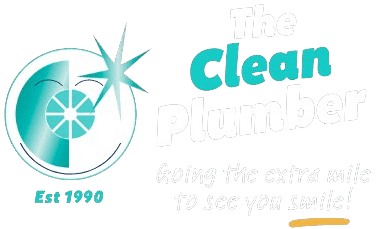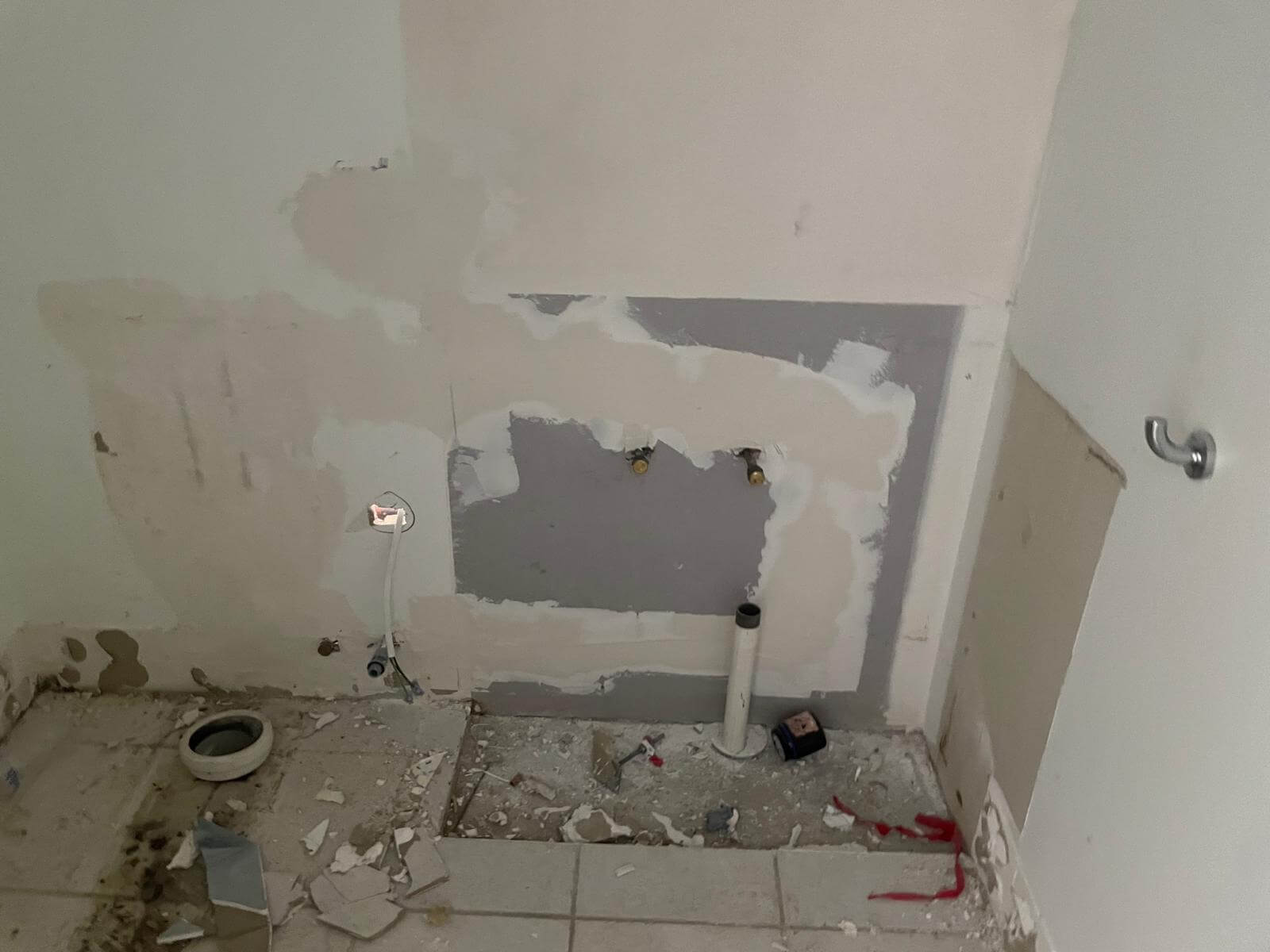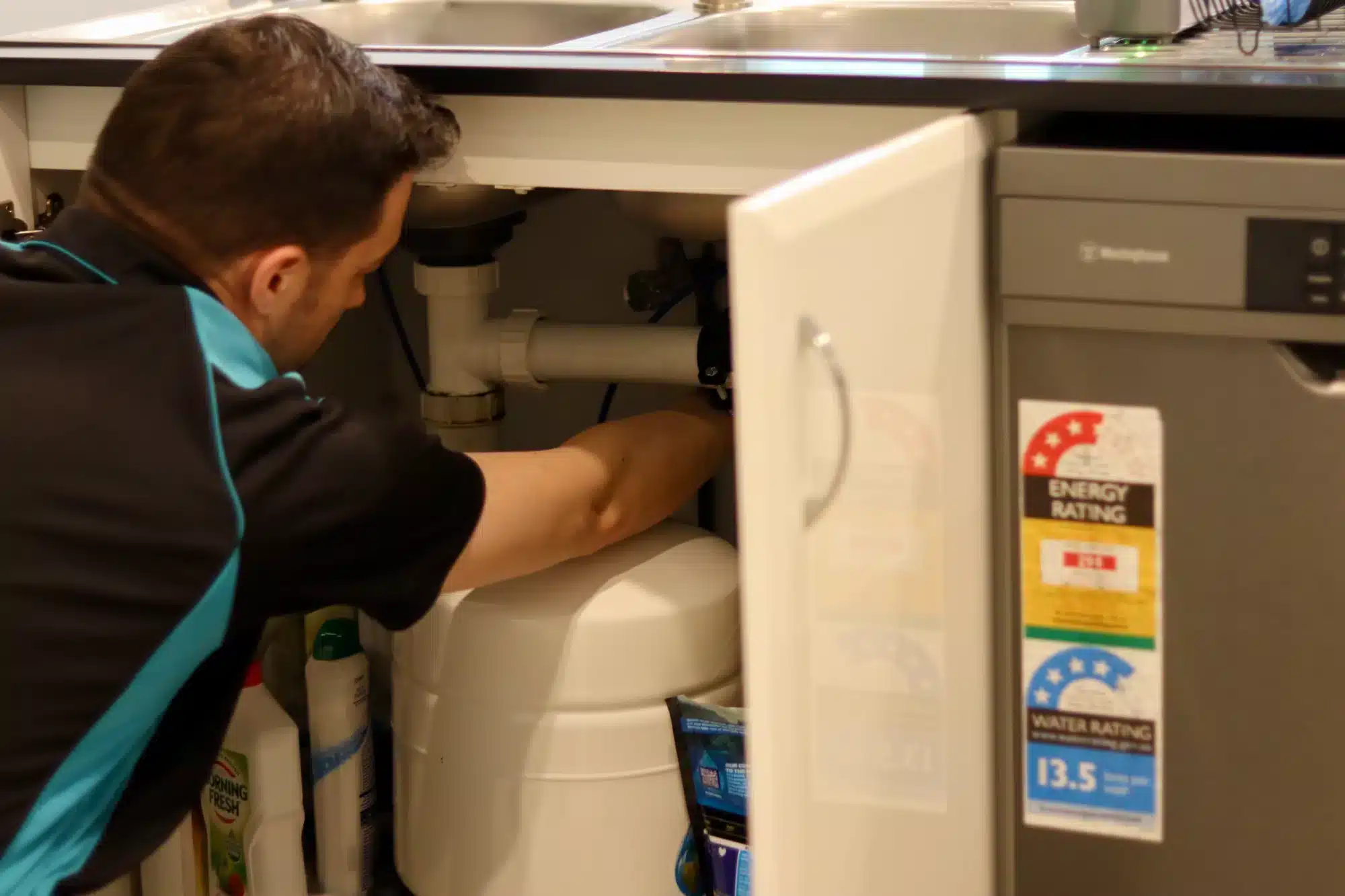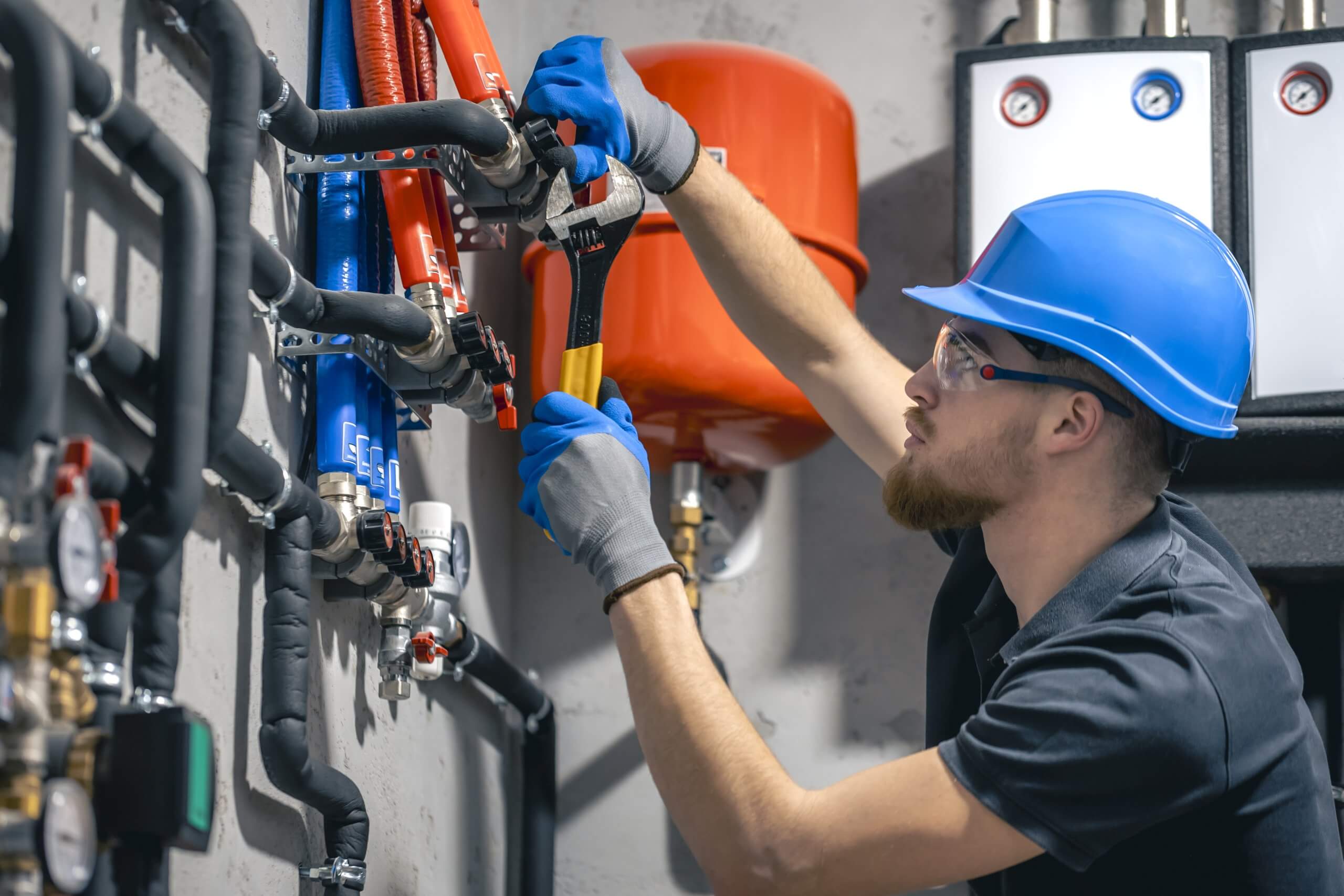Blocked outdoor drains, particularly when the drain cover is missing or damaged, can be a major inconvenience, causing water to pool in your garden, create unpleasant smells, and even damage your property if not addressed. In this practical guide, we’ll take you through the common causes of blocked outdoor drains, how to identify the signs of a blockage, the tools and equipment you might need, and step-by-step instructions on unblocking your drains safely and effectively. We’ll also cover natural and chemical solutions, discuss the possibility of underground issues, and provide tips on how to prevent future blockages. Finally, we’ll discuss when to call a licensed plumber and answer some frequently asked questions.
Common Causes of Blocked Outdoor Drains
Outdoor drains are typically subjected to the elements, which means they can become blocked due to various factors. Understanding these causes, especially those leading to clogged outside drains, can help you prevent blockages and resolve issues before they worsen.
1. Leaves and Debris
Leaves, twigs, and other garden debris are a common culprit in outdoor drain blockages. When trees shed their leaves, they can get washed into your drains during rainfall, especially in autumn. Over time, this debris can accumulate and form a blockage, restricting the flow of water. It’s essential to regularly clear leaves from gutters and drain openings to prevent this issue.
2. Mud and Dirt
Stormwater drains are designed to carry rainwater away from your home and property. However, if the surrounding soil is loose, mud and dirt can wash into the drain, especially during heavy rain. This mud can create a thick sludge that clogs the pipes and makes drainage slow or completely obstructed.
3. Tree Roots
Tree roots are notorious for infiltrating outdoor drains, particularly if the pipes are older or made of porous material. Roots can grow through small cracks or gaps in the pipes as they seek out water. Once inside, they can expand, causing blockages and potentially breaking the pipes over time. If left untreated, root infiltration can lead to more severe plumbing issues.
4. Grease and Oils
In some cases, outdoor drains may become blocked due to grease or oils being washed down the drain. This is more common around areas like outdoor kitchens or barbecue pits. Grease can solidify over time, but pouring boiling water down the drain can help to dissolve it creating a thick blockage that can be hard to clear.
5. Poor Drainage Design or Lack of Maintenance
Sometimes, the design of the drainage system itself can contribute to blockages. Poorly sloped drains, inadequate pipe sizes, or drainage systems that are improperly positioned can result in water not flowing freely. Lack of regular maintenance or inspection can also lead to the accumulation of debris over time, contributing to blockages that can often be cleared with a drain snake .
Signs of a Blocked Outdoor Drain
It’s important to be able to recognise the early signs of a blocked drain before it becomes a serious problem. Here are some common warning signs that your outdoor drain may be clogged:
1. Pooling Water
If you notice water pooling around the drain or in your garden, it could indicate a blockage. Pooling is a sign that water is unable to flow freely through the drain and is instead collecting on the surface. If this occurs after heavy rain or during normal use, it’s time to check for a blockage.
2. Foul Odours
A blocked drain can cause unpleasant smells due to stagnant water and trapped debris. If you notice bad smells coming from your outdoor drains or surrounding areas, it’s a strong indication that something is blocking the flow. The odour may be worse after rain, when water is more likely to back up.
3. Slow Drainage
If your outdoor drain is draining water more slowly than usual, it may be partially blocked. This could happen if the drain is filled with debris, mud, or grease, which slows down the flow of water, so it’s wise to wear rubber gloves when inspecting . In some cases, the blockage may not be severe, but it can worsen if not addressed promptly.
4. Gurgling Noises
If you hear gurgling sounds coming from the drain, it may be a sign of trapped air caused by a blockage. As water tries to flow through the drain but is obstructed, air bubbles can form and cause these sounds. This is especially common with larger blockages that are restricting the flow of water.
5. Indications of a Deeper Blockage
In some cases, the blockage may not be easily visible or accessible. If you’re noticing pooling water but are unsure where the blockage is, it could be an issue deep within the pipes or an underground stormwater system. In such cases, you may need professional help to inspect the pipes with specialised tools like a drain camera.
Tools and Equipment That May Help
To tackle a blocked outdoor drain, having the right tools on hand can make the job easier. Here’s a list of tools and equipment that can help you clear the blockage:
1. Plunger
A simple plunger can be effective for clearing minor blockages in outdoor drains. It works by creating suction that can dislodge the blockage. This is best suited for smaller, easily accessible drains or if the blockage is near the surface.
2. Drain Rods
Drain rods are long, flexible tools designed for manually pushing or pulling debris out of drains. They are particularly useful for outdoor drains and can reach deeper into pipes. You can attach a variety of heads to the rods, including a spiral or auger head, to help break up and remove the blockage.
3. Hose and Water Pressure
For some blockages, a high-pressure hose or jetting system can be effective in flushing debris out of the pipes. Simply direct the hose into the drain and turn on the water, allowing the pressure to clear away the obstruction. This method is particularly effective for mud, dirt, and light blockages.
4. Wet and Dry Vacuum
A wet and dry vacuum can help you remove debris from the surface of the drain or clear out smaller blockages. These vacuums are designed to handle both liquids and solids, making them a handy tool for clearing drains.
5. Chemical Drain Cleaners
Chemical drain cleaners are widely available and can help clear grease, hair, and other materials that can clog outdoor drains. While effective, chemical drain cleaner should be used with caution, especially in areas where chemicals may harm the environment. Always follow the manufacturer’s instructions carefully.
Step-by-Step Guide to Unblocking the Drain
Step 1: Assess the Blockage
Before you begin clearing the drain, it’s essential to assess the severity and location of the blockage. Look for signs of debris around the drain and determine if water is flowing at all or if it’s pooling. If you can access the area easily, try to locate the blockage by visually inspecting the drain.
Step 2: Clear Surface Debris
If you notice leaves, twigs, or other debris clogging the top of the drain, start by removing these by hand or with a rake. This may immediately improve water flow.
Step 3: Try Flushing with Water
If the blockage is minor, you might be able to flush it out with a hose. Simply direct a strong stream of water into the drain to see if the force of the water can dislodge the debris.
Step 4: Use a Plunger or Drain Rods
For more stubborn blockages, use a plunger or drain rods. Start with the plunger, creating a tight seal around the drain and pumping up and down to create suction. If this doesn’t work, use the drain rods to physically push or pull the blockage out of the drain.
Step 5: Apply Chemical Cleaner (Optional)
If the blockage persists, you can try using a chemical drain cleaner as a last resort. Follow the product instructions carefully and take necessary precautions, including wearing gloves and protective eyewear.
Step 6: Flush the Drain Again
After attempting to clear the blockage, flush the drain once more with water to ensure it’s completely clear. If water flows freely, the blockage has been successfully cleared.
Natural and Chemical Solutions to Try
1. Baking Soda and Vinegar
A natural and non-toxic solution to try is a mixture of baking soda and vinegar. Pour about half a cup of baking soda down the drain, followed by a cup of vinegar. Let it sit for about 15 minutes before flushing with hot water. This method can break down grease and minor debris blockages.
2. Commercial Drain Cleaners
If natural solutions don’t work, you can opt for a commercial drain cleaner. Many Australian stores offer enzymatic drain cleaners, which use natural enzymes to break down organic matter. These are generally safer for the environment than traditional chemical cleaners.
3. Caustic Soda
Caustic soda, also known as sodium hydroxide, is a powerful drain cleaner available in hardware stores. While it’s effective, it’s also corrosive, so use it with caution and follow all safety instructions.
When the Problem Might Be Underground
If you’ve tried all the DIY methods and the drain is still blocked, the problem might be deeper within the underground pipes. While checking outside, also ensure that your inside drains are functioning properly; look for signs such as water pooling over large areas of your yard or a persistent foul odour that doesn’t go away. In such cases, it’s best to call in a professional plumber who can use a drain camera to inspect the pipes and pinpoint the problem.
Preventing Future Outdoor Blockages
Regular maintenance is key to preventing outdoor drain blockages. Here are a few tips:
- Clean Gutters Regularly: Keep gutters and downpipes free of leaves and debris.
- Install Gutter Guards: Consider installing gutter guards to prevent debris from entering your drains.
- Use Leaf Screens: Install mesh or leaf screens over outdoor drains to catch leaves and large debris.
- Maintain Trees: Regularly prune trees and roots to prevent them from infiltrating your drainage system.
When to Call a Licensed Plumber in Australia
While DIY solutions can be effective for minor blockages, there are times when it’s best to call a professional. If the blockage is severe, or if you are unsure how to unblock a drain outside, it’s essential to consult a licensed plumber. In Australia, plumbing work is regulated, and attempting complex repairs without the necessary skills can lead to further damage and potential fines.
Frequently Asked Questions (FAQs)
How do you unblock a badly blocked outside drain? For a severe blockage, use drain rods or a high-pressure water jet to clear the obstruction. Chemical cleaners may also help, but you may need to call a plumber for stubborn blockages.
How to unblock an outside drain in Australia? Follow the steps outlined in this guide, including assessing the blockage, using a plunger or drain rods, and flushing with water. For deeper issues, call a plumber.
What is the best outside drain unblocker? Natural solutions like baking soda and vinegar can be effective for mild blockages. For severe blockages, enzymatic drain cleaners or caustic soda can be more powerful.
What is the best chemical to unblock drains outside? Caustic soda is a highly effective chemical for clearing tough blockages. Be sure to use it with caution, as it can be hazardous.
How do you unclog an outside house drain? Follow the DIY steps in this guide, including using a plunger, drain rods, or a hose to clear the blockage.
How do you clear a blocked outside drain? Clear debris from the surface, flush with water, and use tools like a plunger or drain rods to tackle the blockage. If needed, use a chemical drain cleaner or consult a plumber.
By understanding the causes of outdoor drain blockages, including a blocked external drain, and following this practical guide, you can keep your drains clear and your home safe from the risks of poor drainage.






